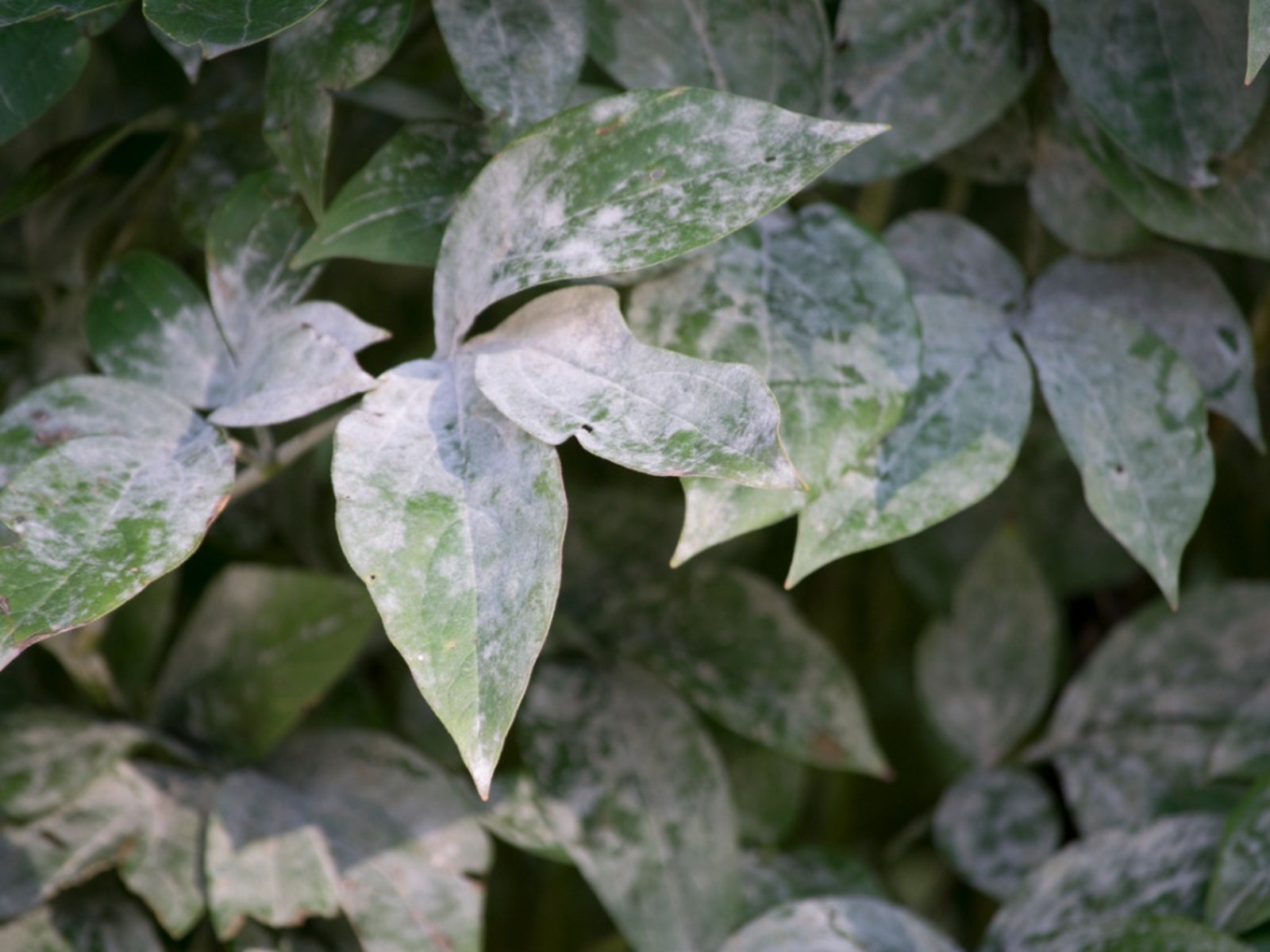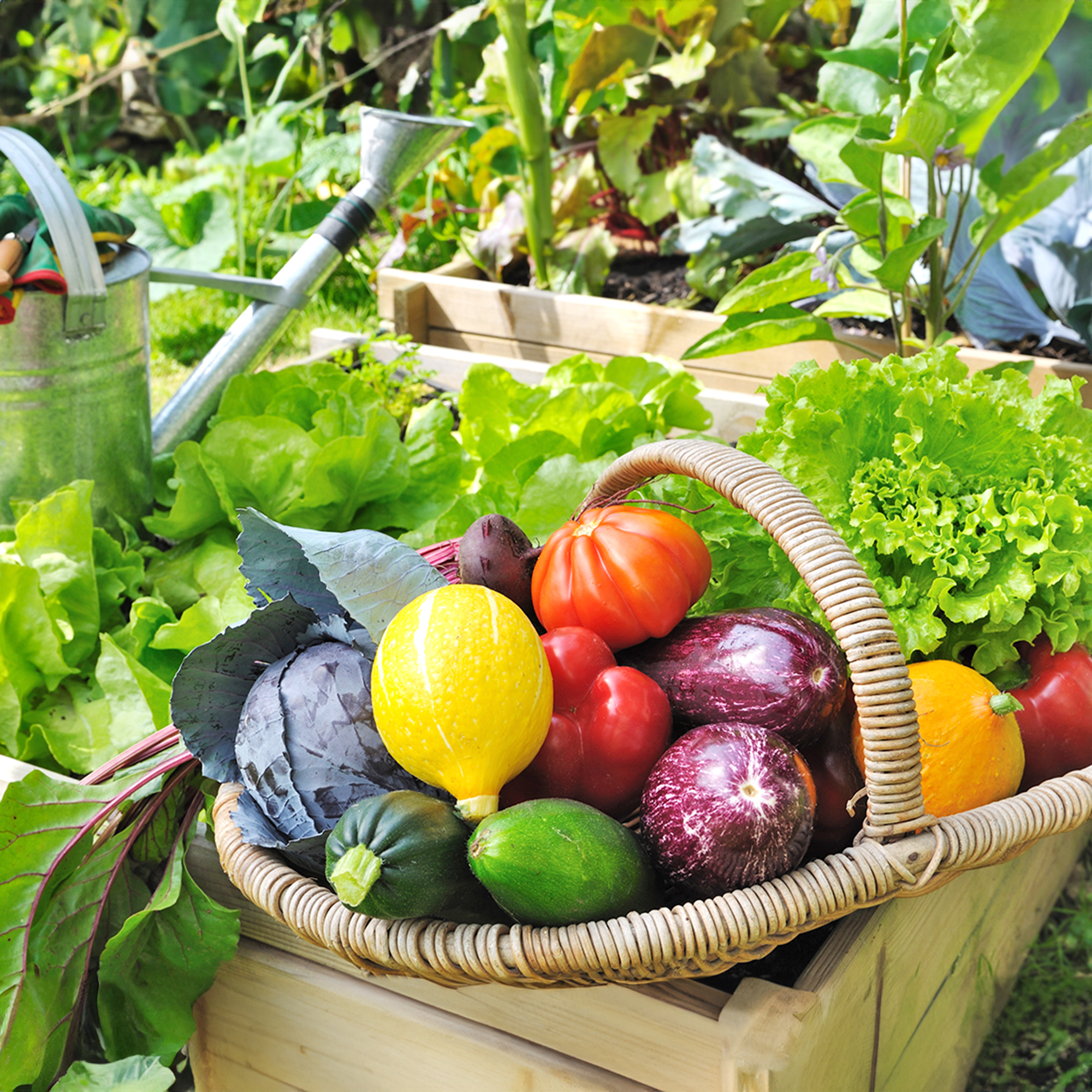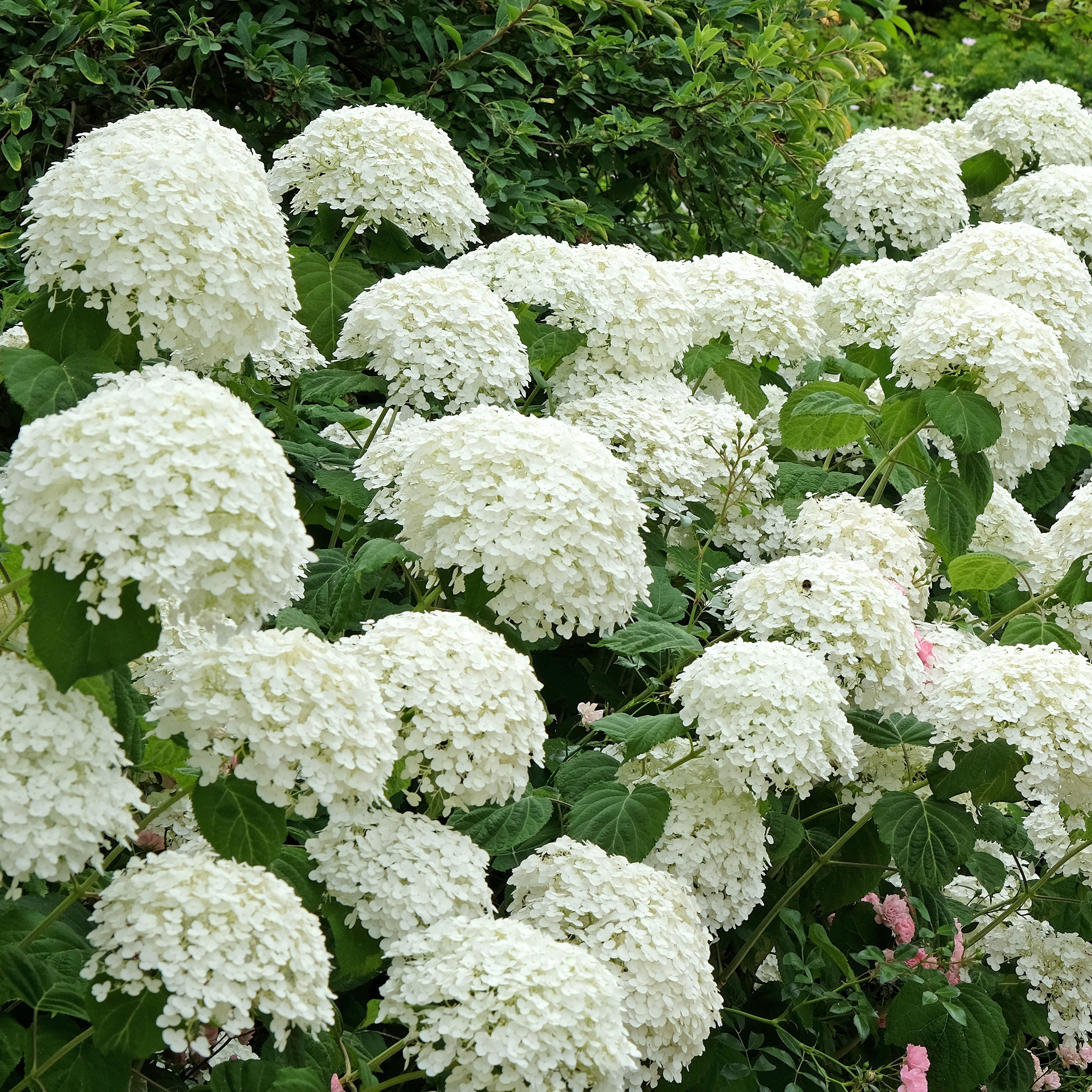Peony Leaves Turning White: Fixing A Peony With Powdery Mildew


Are your peony leaves turning white? It's likely due to powdery mildew. Powdery mildew can affect many plants, including peonies. Although this fungal disease doesn't usually kill them, it does weaken the plant, leaving them more susceptible to pests or other common peony diseases. Peony powdery mildew can also disfigure peony blooms, making them quite unsightly. Learning the causes of white powder on peonies and how to prevent this common problem is your best defense.
Powdery Mildew on Peonies
So what does a peony with powdery mildew look like? You can easily recognize this condition by the white, powdery growth that forms on the plant's leaves. Occasionally, powdery mildew can be seen on the flowers as well. Any new growth may also appear powdery, exhibiting a stunted or distorted appearance too. In addition to the powdery growth, infected leaves may drop from the plant and flowers become distorted and unattractive.
Causes of White Powder on Peonies
Powdery mildew is caused by a fungus. There are actually many types of powdery mildew, all having varying growth requirements. However, most species of powdery mildew can germinate with or without water—though humid conditions are quite common for growth.
Other ideal conditions for powdery mildew are moderate temperatures and shade, which generally spawn moisture. Lots of heat and sunlight, on the other hand, can hinder its development. Therefore, these conditions are more suitable for preventing powdery mildew on peonies.
Treating Peony Powdery Mildew
Once powdery mildew appears, it can be difficult to treat, depending on the type and how severe the problem. For this reason, prevention is important. Avoiding susceptible cultivars, locating plants in full sun, providing suitable air circulation, and practicing proper maintenance (i.e. water, fertilizer, etc.) is usually adequate. Watering in the morning hours may also help.
Even with the best of precautions taken, powdery mildew may still strike. Although fungicides can help when applied early on, heavier infections may need to be treated with horticultural oil or neem oil. You can also use a homemade solution—mixing together a tablespoon (15 ml.) each of baking soda, horticultural oil (or canola), and liquid dish soap (without bleach) with a gallon (4 L.) of water.
Spray on your peonies every 10 to 14 days throughout the summer months. Do not spray the solution during hot and sunny days and always test on a small part of the plant before using it on the whole plant.
Gardening tips, videos, info and more delivered right to your inbox!
Sign up for the Gardening Know How newsletter today and receive a free copy of our e-book "How to Grow Delicious Tomatoes".

Nikki Tilley has been gardening for nearly three decades. The former Senior Editor and Archivist of Gardening Know How, Nikki has also authored six gardening books.
-
 15 Best Vegetables To Plant In May For A Summer Bounty Of Fresh Homegrown Produce
15 Best Vegetables To Plant In May For A Summer Bounty Of Fresh Homegrown ProduceGet planting your dream garden with these best vegetables to start in May – including options for direct sowing, indoor seed-starting, and planting seedlings.
-
 Native Hydrangea Varieties In North America – 8 Sensational Smooth And Oakleaf Varieties For Hardy Blooms And Multi-Season Beauty
Native Hydrangea Varieties In North America – 8 Sensational Smooth And Oakleaf Varieties For Hardy Blooms And Multi-Season BeautyHydrangeas are beloved for their enduring visual dynamics – but if you go native, they’re even better. Here are the most captivating native hydrangea varieties you can grow